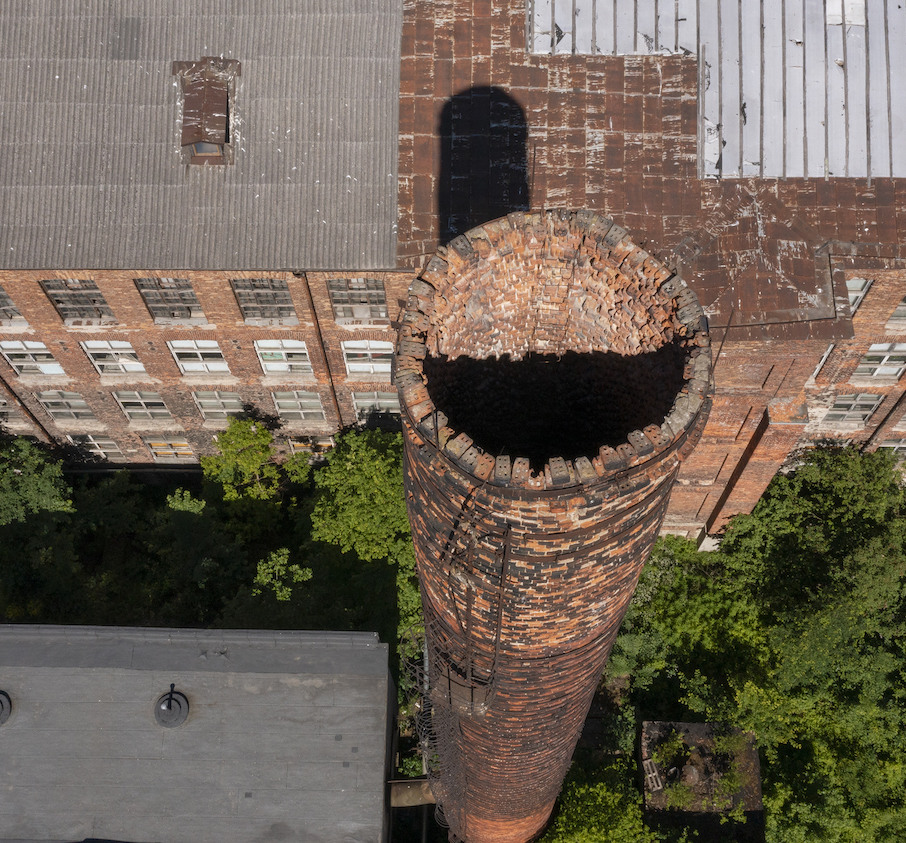VOLTA BLOG I Creating the vision for Volta Quarter
In the design of the Volta residential and business quarter, elements characteristic of both New York and the Nordic urban space stand out, but inspiration for combining the old and the new also comes from elsewhere. Architect and urban planner Juhan Kangilaski gave three interesting examples from around the world that have exciting similarities with the Volta Quarter project.
An example, yet unique
There are several good examples of combining the old and the new in the world, and existing projects are oftentimes very helpful when looking for solutions. “There are two or three projects that we often use as a kind of a starting point, which helps us to find a balance between different architectural styles and spatial characters,” Kangilaski said.
Of course, in doing this, you have to make sure that the similarities or repetitions are not too striking and that the quarter maintains its very own X-factor that would make it stand out from among the examples from the rest of the world and in the urban space. “The most important thing is the story and brand of the location that make the place unique,” Kangilaski acknowledged. “In the case of Volta, it’s the history that gives the Quarter its character and identity that people can relate to.”
A post-industrial wonderland in Denmark
Nordhavn is a former nineteenth century trading port located next to Copenhagen’s Øresund Strait, which has now become one the most innovative residential, commercial and entertainment environments in the city. Nordhavn is also one of the largest development projects in Scandinavia, which was given a new vision and meaning by the architectural firm Cobe. The project is expected to be completed by 2050, but it is internationally known as the most exciting area of the city already today.
Like Volta, Nordhavn also got its identity and brand from history, which is the starting point for the development of the entire quarter. A good example of combining the old and the new is the mini-spa and hotel built inside the former port crane, which has become one of the best-known and unique objects in Nordhavn. In the course of development, several centres with different focus will be built in the comprehensive area, which will offer a place to live and work for nearly 40,000 people in the future.
Another important similarity with the Volta Quarter is the Copenhagen-like prioritisation of pedestrians, cyclists and public transport, i.e. sustainable and environmentally friendly urban planning. Travelling between different campuses in Nordhavn as well as different districts in the city is quick and convenient by bike or bus, not by car.
A third important similarity is the emphasis on greenery, which can be found throughout the quarter – many small parks, green areas and various leisure sports for all age groups are planned in Nordhavn.























